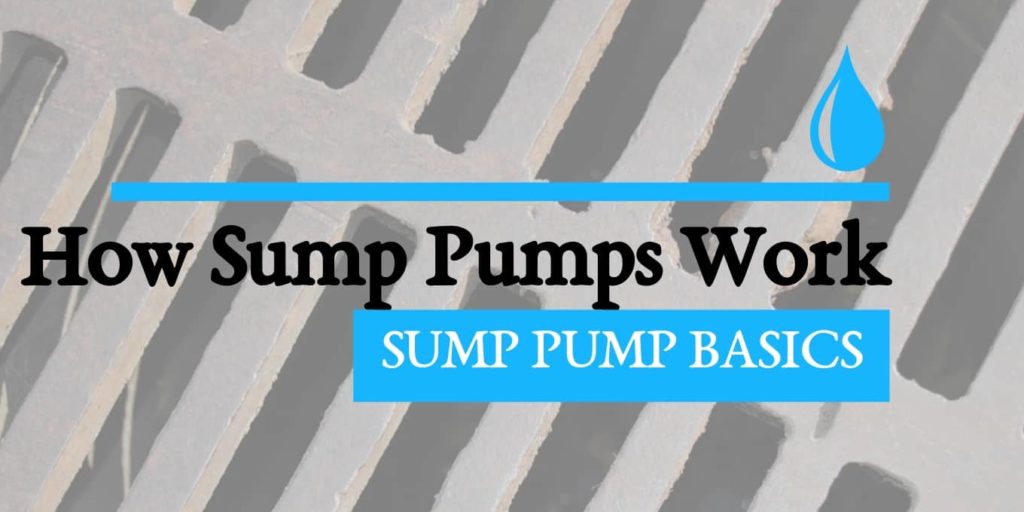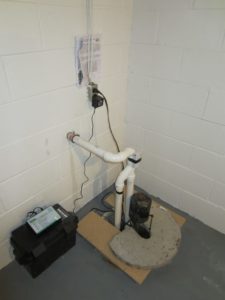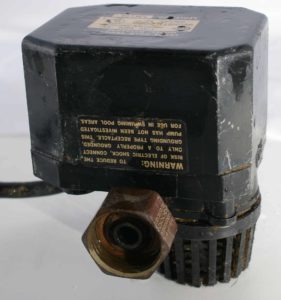How Sump Pumps Work: The Sump Pump Basics

Your sump pump is the unsung hero of your dry basement, doing a thankless job so well you might forget that it’s there. If that’s the case, you should probably go down to your basement and give it some kudos – and a safety check!
The sump pump has become a fairly common fixture in homes, especially if they’re new and/or built-in low-lying areas where snowmelt comes on rapidly. Sounds a little bit like much of London, doesn’t it? If you have a sump pump or are thinking of installing one in an older home, this is how it works and what you can do keep it working.
How Does A Sump Pump Work?
Basically, a sump pump is a pump installed in the lowest part of your home’s basement or crawlspace, usually in a pit made specifically to house it. Water will flow underneath your home naturally to the lowest point (you know about gravity!). However, specially made drains can direct the water to your sump pump pit to ensure that it doesn’t stagnate directly beneath the foundation. The pump’s location allows it to keep the ground beneath your

This is an example of a permanent basement sump pump installation.
foundation dry and prevent it from flooding, pumping the water out of the pit out of a hose or tubing and away from your home.
The pump will sit atop gravel in a pit about 2 feet deep. When the pit fills with water, a float activator arm will turn the pump on when its buoyant ball (picture the rig in your toilet tank) floats to the top of the water. Many newer sump pumps are sensor operated, and when water puts pressure on the sensor, the pump kicks in to drain the water.
Regardless of which type of sump pump you have, it will use what’s called a centrifugal pump to move the water
out. The motor will turn a device called the “impeller” which will force water towards the sides of the pipe creating a small area of low pressure. Water around it will then move in to fill in this low pressure area, and the spinning impeller will push it up and out the pipe. Physics might be a big detriment to your foundation, but they make getting rid of the water a piece of cake!
Sump Pump Maintenance
The sump pump can work so well that you might forget it’s there but always remember: like any other fixture in your home, it needs regular maintenance. It needs to be checked so that all the working parts are in order and the prevent your sump pump from failing when you need it the most. Sump pumps have parts that can rust, seals that can crack, and a motor that isn’t failsafe.

This is an example of an over the counter AC sump pump unit.
Check on it every three to four months, and do a thorough cleaning at least once every year. Check the chord and power source the sump pump is connected to, and if any part is frayed or broken, have it repaired ASAP. It’s also important to note that sump pumps are connected to your electrical, so when the power goes out, it will, too. If you don’t have a backup, you could be left scrambling during a powerful rainstorm. Head over to your hardware store and pick up a battery-operated replacement; they’re not too pricey, and it could save you a lot of money later.
You can quickly test to see if it works. After checking the electrical, dump a bucket of water onto the pump to test the buoyant ball; if the arm is raised and your sump pump activates, you know it’s working. This is the best way to ensure that the motor will run smoothly and your sump pump will work when the snow starts to melt!
Don’t take your sump pump for granted! If you have a leaky foundation and don’t know it, it could mean your pump is working for you, but this isn’t a foolproof system. Call Ashworth if you need to check up on the pump or your foundation in general – it could save your basement later! And we’ve got a lot of helpful articles in our blog and more on their way if your looking to read more about keeping your basement dry and foundation healthy!
